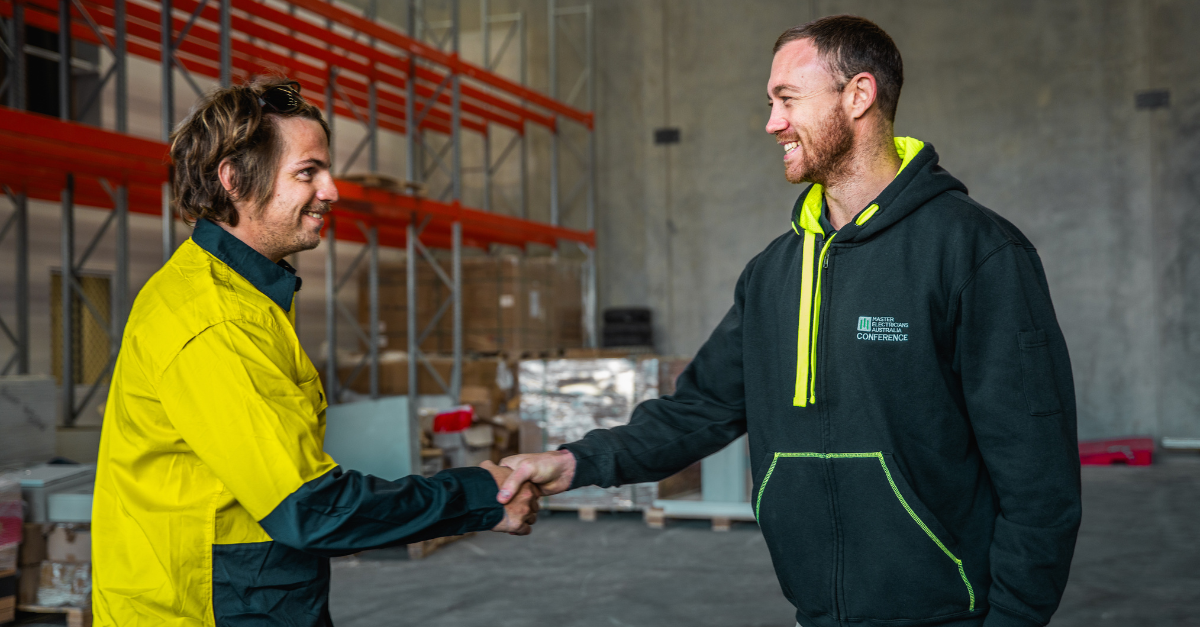
In any organisation, creating a robust safety culture is crucial to ensuring the well-being of employees and fostering a productive work environment. Safety culture refers to the collective values, attitudes, beliefs, and practices that prioritise health and safety as an integral part of how a business operates. It is not merely a set of rules but rather ‘the way we do things around here’—a mindset deeply ingrained into every level of the company. Developing a positive safety culture involves commitment from leadership, engagement from employees, and a clear understanding of the processes and behaviours required to maintain a safe working environment.
The importance of leadership in safety culture
A successful safety culture must be driven from the top. This means that CEOs, senior managers, and leaders must actively demonstrate and commit to the organisation’s safety values. Employees look to leadership as a model for how to behave and what actions are rewarded or discouraged. The visible actions of leadership play a pivotal role in shaping safety attitudes within the workforce. If safety is treated as a priority by management, employees are more likely to follow suit. As a safety leader, consider the following questions:
- How important is safety within your organisation?
- Is safety a priority only when convenient, or is it essential at all times?
- Are there times when safety is compromised due to cost or time constraints?
These are critical questions that leaders need to ask themselves. Strong safety leadership sends clear, consistent messages about the importance of work health and safety (WHS). Whether it’s through safety inspections, wearing personal protective equipment (PPE), or conducting risk assessments, leaders set the tone for the entire organisation.
Building a positive safety culture
The Construction Safety Competency Framework outlines nine essential actions that help cultivate a positive safety culture. These actions are applicable across industries and provide a structured approach to embedding safety into everyday operations. Let’s explore these actions:
1. Communicate company values
For safety to become a core part of your culture, it must be woven into your organisation’s values. A commitment to safety should be evident in every aspect of your work, from policy statements to toolbox talks. Leaders must continually reinforce the message that safety comes first, not as an ‘extra task’ but as a key component of daily activities. Communication methods can range from posters and emails to face-to-face meetings where safety concerns are addressed openly.
2. Demonstrate leadership
Leadership is about more than simply giving instructions; it’s about inspiring others to take action. A safety-conscious leader motivates the workforce to prioritise health and safety. This can be done through staff engagement in developing safety tools such as job safety analyses (JSAs) or safe work method statements (SWMSs). When employees feel ownership over the tools and processes that keep them safe, they are more likely to follow through.
3. Clarify expected behaviours
Clear communication is vital in ensuring employees understand the behaviours expected of them. Whether through formal memos or informal conversations, organisations should standardise safety practices to ensure everyone is on the same page. Addressing unsafe behaviours and praising appropriate actions can reinforce the right attitudes toward safety.
4. Personalise safety outcomes
Safety becomes more meaningful when employees understand the personal consequences of their actions. A worker’s injury or fatality should never be viewed as an anonymous statistic. Highlighting the real-life impact on families and colleagues drives home the importance of individual responsibility. Emphasising that every employee plays a role in keeping the workplace safe encourages personal accountability.
5. Develop positive safety attitudes
Building a positive safety attitude requires fostering an environment where workers feel comfortable challenging unsafe practices. Open communication and peer-to-peer encouragement can shift the culture towards shared safety values. When workers are praised for positive safety attitudes, it reinforces that these behaviours are valued and essential to the organisation’s success.
6. Engage and own safety responsibilities
Safety is not just the responsibility of management—it’s everyone’s job. Engaging employees in daily safety decisions creates a sense of ownership. Encouraging proactive behaviour, such as identifying hazards before they cause harm, empowers workers to take safety into their own hands. Building trust between management and employees helps reduce the ‘us versus them’ mentality, creating a more collaborative atmosphere.
7. Increase hazard awareness and preventive behaviours
Raising awareness about hazards is critical for fostering preventive behaviours. Communication between management and employees must be clear, direct, and ongoing. Actively listening to concerns and providing feedback can help workers better understand the risks they face and how to mitigate them.
8. Implement safety management systems
Safety management systems provide the structure needed to maintain consistent safety practices. When employees are aware of these systems and how to apply them, they are more equipped to identify and address unsafe behaviours. These systems help create predictability and uniformity, reducing the likelihood of incidents.
9. Monitor, review, and reflect
Continuous improvement is the hallmark of a positive safety culture. Organisations should frequently review the effectiveness of their safety practices, seeking feedback from employees and monitoring outcomes. This reflection allows for fine-tuning of strategies and helps maintain a culture where safety is always a priority.
Fostering a collaborative safety environment
Beyond policies and procedures, safety culture thrives in an environment where communication is open, and trust is mutual. Senior managers should be visible and actively involved in safety processes. This might mean conducting ‘walk-arounds’ on-site, participating in toolbox talks, or fostering social interactions that help build stronger team dynamics.
Workers are more likely to adopt safe behaviours when they feel respected and heard. When safety issues are addressed through collaboration rather than top-down enforcement, it strengthens the entire safety culture. Celebrating safety milestones and rewarding proactive behaviour further reinforces the importance of safety as a shared responsibility.
A positive safety culture doesn’t happen overnight—it requires commitment from leadership, engagement from employees, and clear communication of expectations. By integrating the nine culture actions into daily operations, organisations can create a safer workplace where every individual takes responsibility for their safety and the safety of their peers. Remember, a strong safety culture is one where safety isn’t an afterthought—it’s embedded in everything you do.
Master Electricians Australia can help you to manage your safety requirements for your business.
 Our comprehensive safety solution, ME Safety, is a compliant safety system that provides a single holistic package.
Our comprehensive safety solution, ME Safety, is a compliant safety system that provides a single holistic package.
Using cloud technology, it can be used on a number of platforms to help you manage your workplace safety in real time.
Get access to:
- A support hotline – Our national team of advisors are waiting for your call.
- Safety tools – Keep tracks of tasks, records, licences and more.
- Safety documents – Templates and documents including SWMS, policies, procedures and more.




